F45, the Australian-born hardcore fitness trend that has become a global phenomenon, is about to explode in Louisville. Seven local investors, led by Dr. Stacie Grossfeld, owner of “Orthopedic Specialists,” have purchased the rights to open six F45 locations — the very first in Kentucky. Three of the boutique fitness studios are slated to open this year in Louisville (March, May, July) and three more in the future. The fastest-growing fitness franchise in the world started six years ago in Australia, and there are approximately 1,400 F45 locations worldwide, with only 200 currently open in the United States and another 200 U.S. locations in the planning stages. Louisville fitness fiends are about to get in on the ground floor!
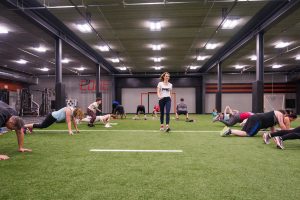
Redline LLC is the newly-formed local franchise group bringing the new boutique fitness sensation — which is said to be a cross between Orange Theory and Crossfit —to the Derby City. For Dr. Grossfeld, a lifelong athlete who began her competitive career as a teenager in both cross-country skiing and cycling “(USCF)”and is currently a competitive tennis player, fitness has always been a top priority and this new business venture is a perfect compliment to the work she does with her patients.
“As an orthopedic surgeon, I treat a lot of injuries and arthritis. My goal is to get them back to being active and having an outlet or gym to promote a healthy lifestyle just kind of completes the circle. It’s a natural coupling that is in line with my whole personal and professional life,” explained Dr. Grossfeld.
Why F45?
F45 – which stands for functional (fitness) in 45 minutes —incorporates 2019’s top fitness trends into a revolutionary regimen that merges high-intensity interval training (HIIT), circuit training, and functional fitness training into a high-energy group training experience complete with wearable heart rate technology to track performance. The 35-person classes (as opposed to 90 in some boot camp classes) use a combination of F45TV’s and on-floor trainers to make sure participants use proper technique to get the most effective fat-burning, muscle-building workouts. There are 31 different workouts, with more than 3,000 different exercises, which means there will be a new workout every day.
“This is a workout no one else in Louisville is offering, and we are definitely a town that embraces boutique fitness,” said Dr. Grossfeld.
The Boutique Experience
The specialized and customized training that boutique studios offer continues to gain in popularity (Cyclebar, Barre 3, yoga), especially with millennials who prefer the more intimate pay-as-you-go model, as opposed to long-term memberships at big box gyms. At $150-$160 a month, the F45 price point is in line with other boutique fitness offerings in the area. According to the 2017 IHRSA Health Club Consumer report, more than 18 million Americans belonged to a fitness studio (“boutique”), representing more than 40 percent of those who visit health clubs. Those members are:
- An average age of 30, nearly a decade younger than traditional clubs
- More diverse including growing Asian, Hispanic, and African-American users
- Twenty-two percent are multi-club users
The first 3,000 square-foot location is scheduled to open in late March in Middletown. The second is slated for a May opening in St. Matthews and a third opening in Crestwood in July. Each location will create 9 to 11 jobs and several of the investors will be owner/operators.
About F45
Born in Australia, F45 Training is a team-based, functional training facility that places a huge emphasis on the ‘three key factors’ of motivation, innovation, and results. Merging three separate leading-edge fitness training styles into one consummate and compelling group training experience for its members. F45 Training combines elements of High-Intensity Interval Training (HIIT), Circuit Training, and Functional Training. The fusion of these three training concepts has led to the development of 31 different, 45-minute workout experiences, with more in development by our F45 Athletics Department, meaning you’ll never do the same workout twice. This combination of interval, cardiovascular and strength training has been proven to be the most effective workout method for burning fat and building lean muscle. The variation of our workout programming keeps our members challenged, eager to grow, and ready to have fun. For more information visit us online www.f45training.com.


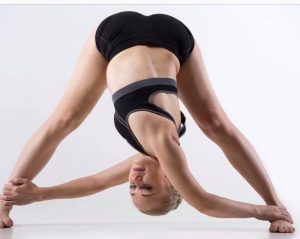
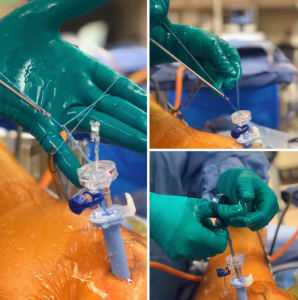
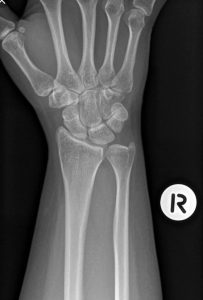
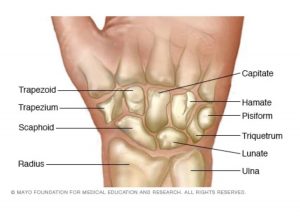
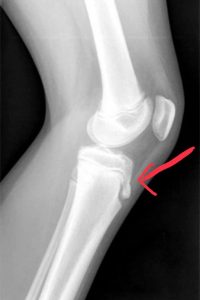
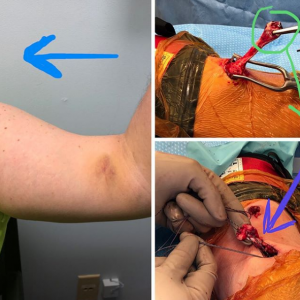
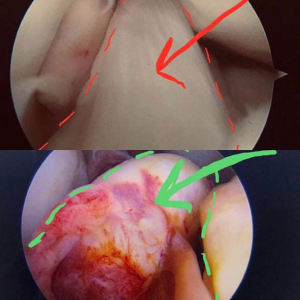

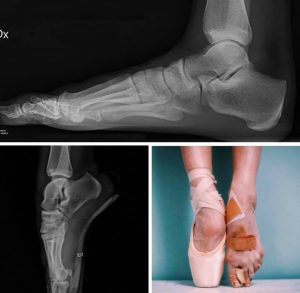
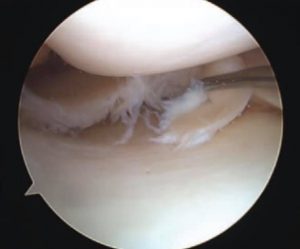
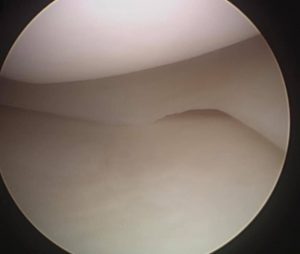
Recent Comments